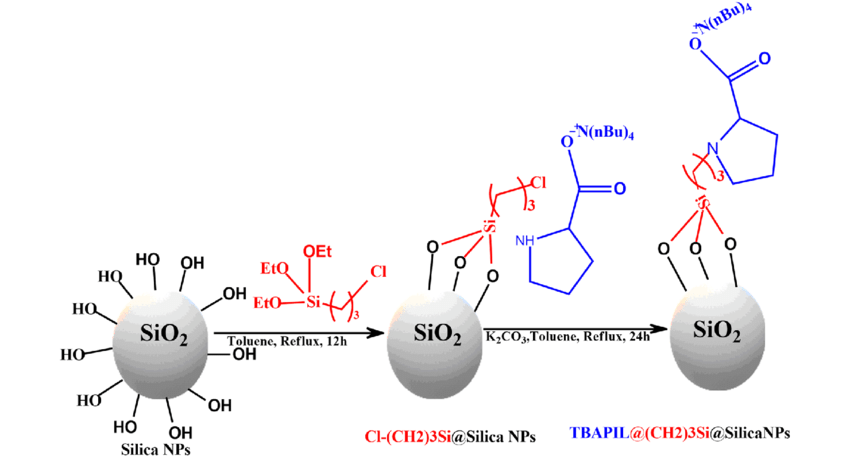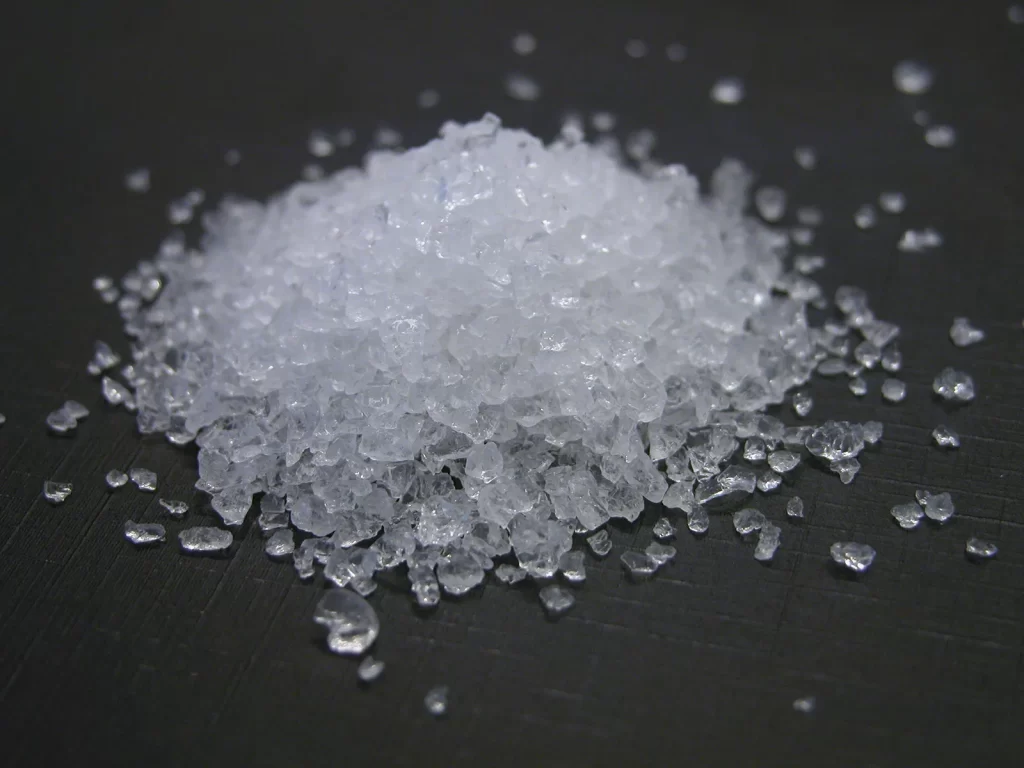Role of silica as a catalyst
Silica, chemically known as silicon dioxide (SiO2), is a versatile and widely used material with a multitude of applications. While silica is commonly recognized as an essential component of glass and ceramics, it also plays a crucial role in catalysis. Catalysis is a process that accelerates chemical reactions by lowering the activation energy required for …









